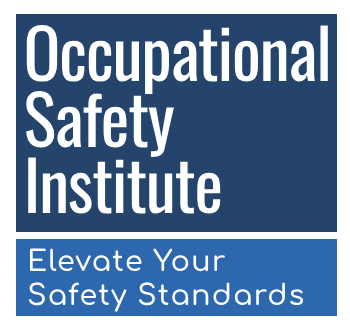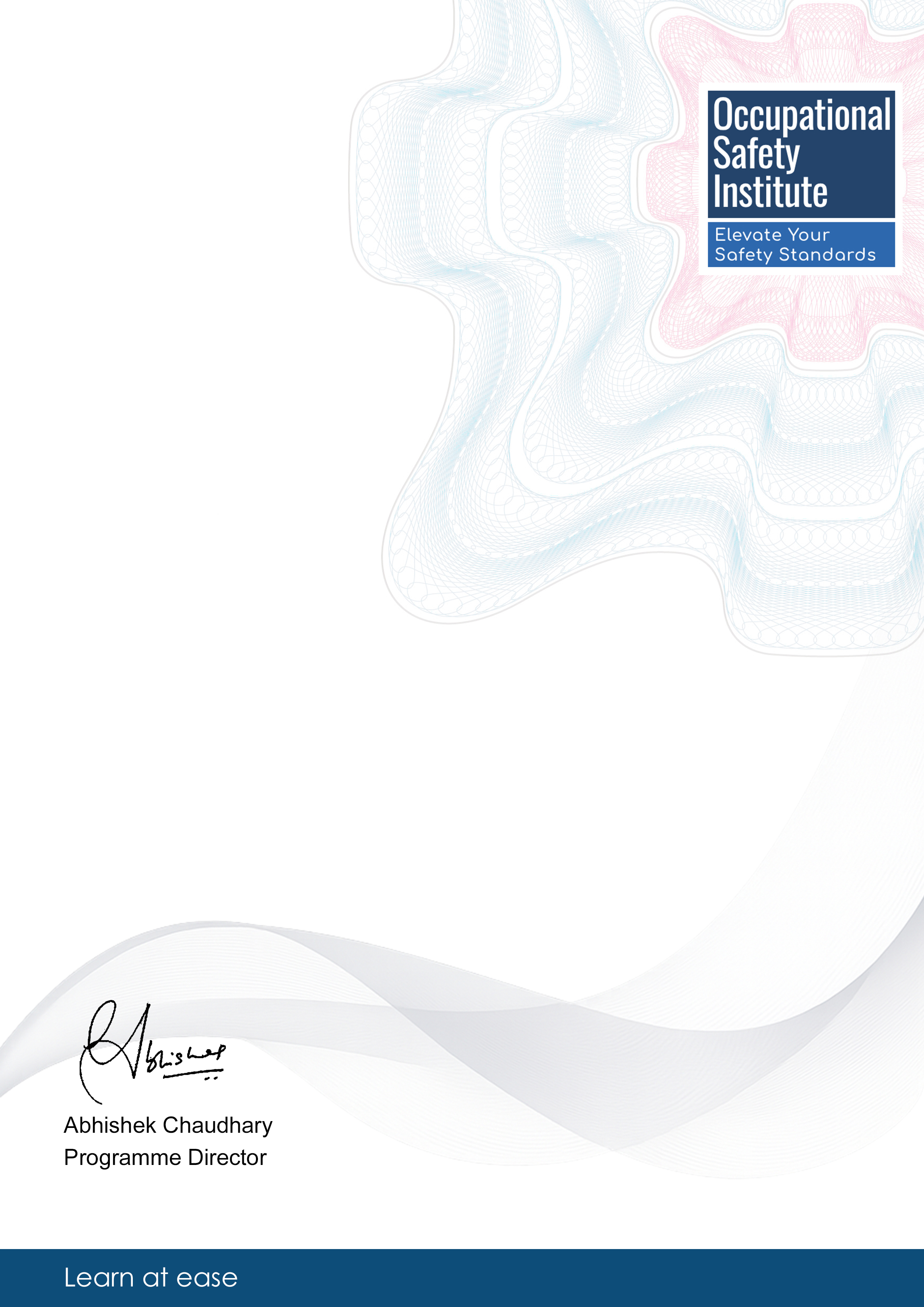Module 1: Introduction to Macroeconomics and Workplace Safety
This module provides an overview of macroeconomic principles and their relevance to workplace safety. Participants will explore the interconnection between economic stability and safety performance.

